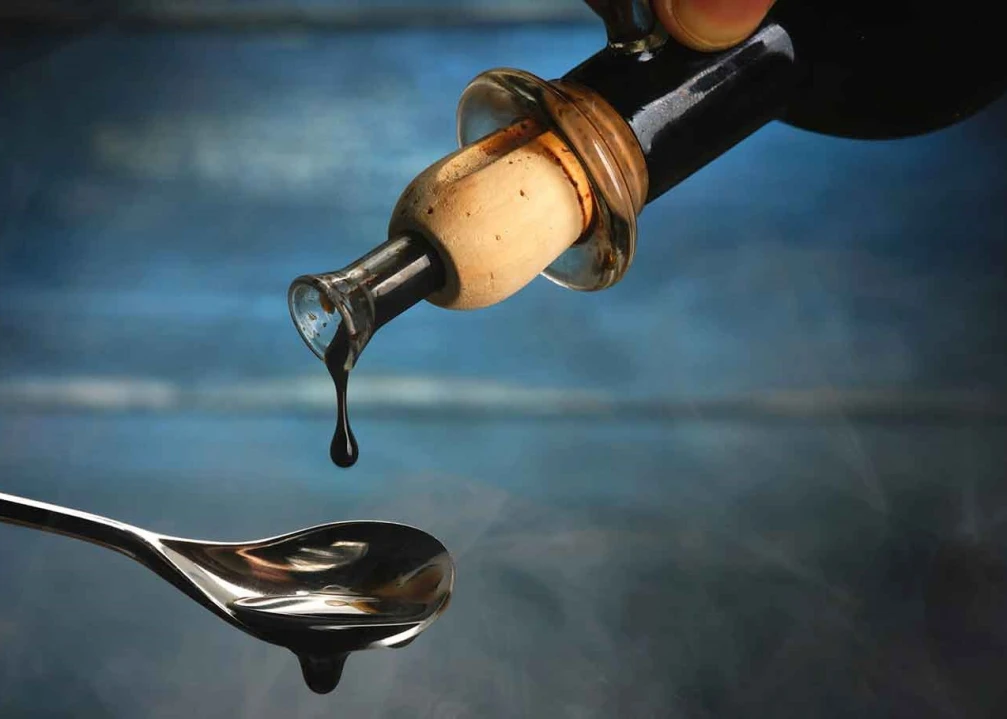The ancient origins of the Aceto Balsamico Tradizionale di Reggio Emilia, which are largely unknown, cloak this product, which has conquered emperors, princes and dukes, in mystery. The first written reference is found in the poem “Vita Mathildis”, written by the monk Donizone, biographer of Matilda of Canossa, in 1046. Henri III, Emperor of Germany, en route to Rome for his coronation, stopped in Piacenza and wrote to Bonifacio, Lord of Canossa Fortress, requesting a special vinegar that “he had heard was made perfectly there”.
It is a known fact that vinegar makers operated in Reggio Emilia, Scandiano and the main towns in the Este domains between the 12th and 14th century. The Production Rules were approved in 1987. These specified that the product could be placed on the market after ageing for 12 years, and could bear the designation “Extra Old” only when aged for more than 25 years.
They therefore decided to bottle the product after at least 12 years of ageing, marking the characteristics bottles with a lobster-coloured label, whereas those containing vinegar aged for few more years have a silver label, and those with vinegar aged for over 25 years have a gold label and the designation “Extra Old”.
The term “balsamic” is an attraction, as it has become known throughout the world by the marketing of products similar to the traditional vinegar, which alone is obtained by the fermentation of cooked must over a period of no less than 12 years. Other balsamic vinegars are obtained by mixing various ingredients (cooked or concentrated must, wine vinegar, caramel and other substances).
The grapes are pressed and placed in vats. As soon as the skins and stalks emerge, the must is siphoned off, filtered and simmered on a low flame. It is kept in containers in which acetic fermentation begins at the start of the warm season, transforming the sugars into alcohol. Once the alcohol content has reached 6-7 degrees, acid colonies are added, i.e. bacteria that help the ethanol oxidise to acetic acid.
This prepares the base that will be used to fill the barrels of different woods, which, during the long ageing period, give the Traditional Balsamic Vinegar its extraordinary characteristics. Each wood adds a particular aspect: chestnut, which is full of tannins, contributes to its typical dark colouring; cherry sweetens its flavour.
The Aceto Balsamico Tradizionale di Reggio Emilia DOP production sites are dispersed throughout the attics of numerous homes across the province.
By Consorzio tutela Aceto Balsamico Tradizionale di Reggio Emilia with MiPAAF




